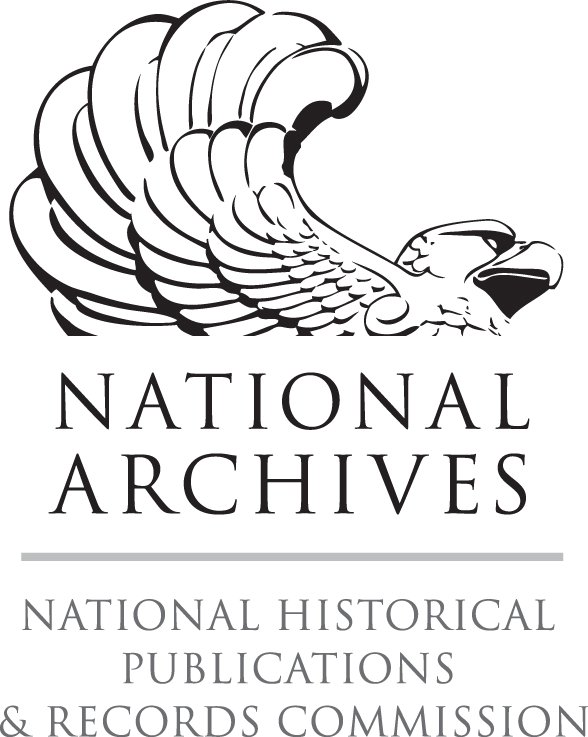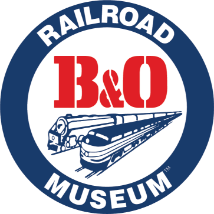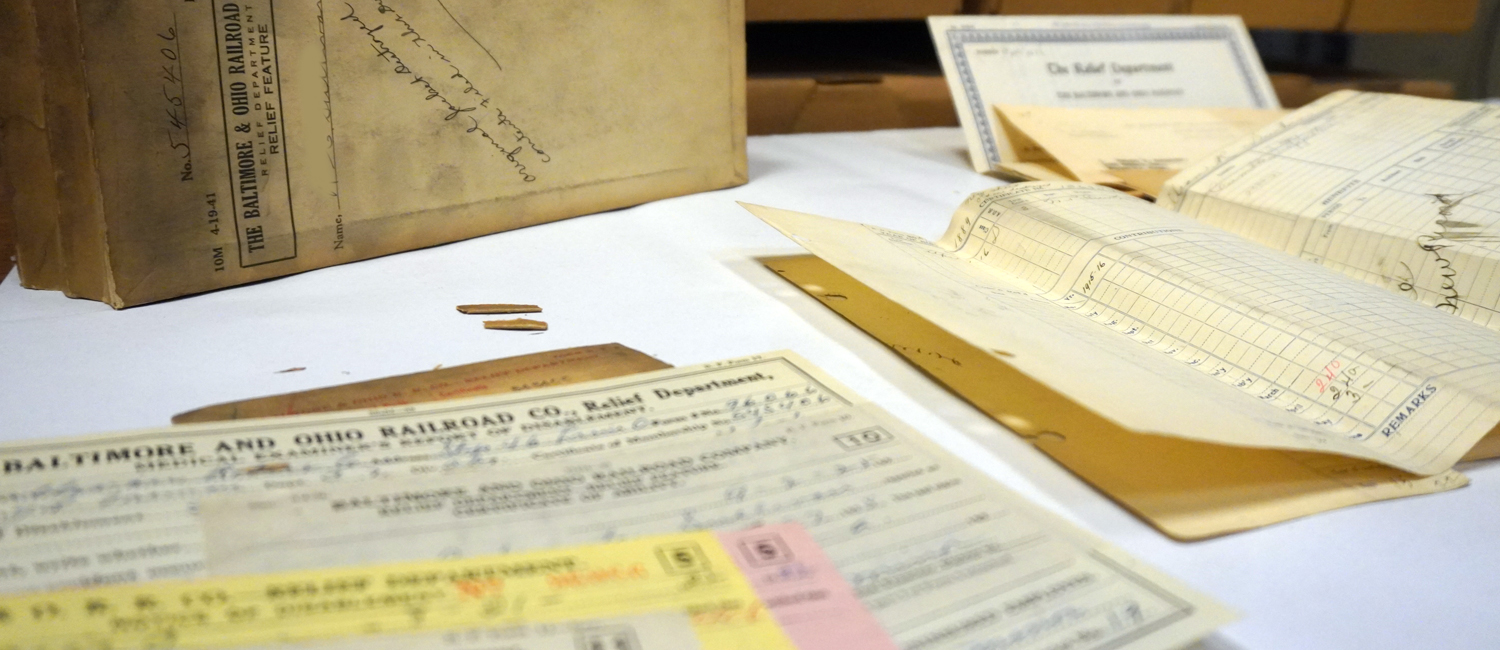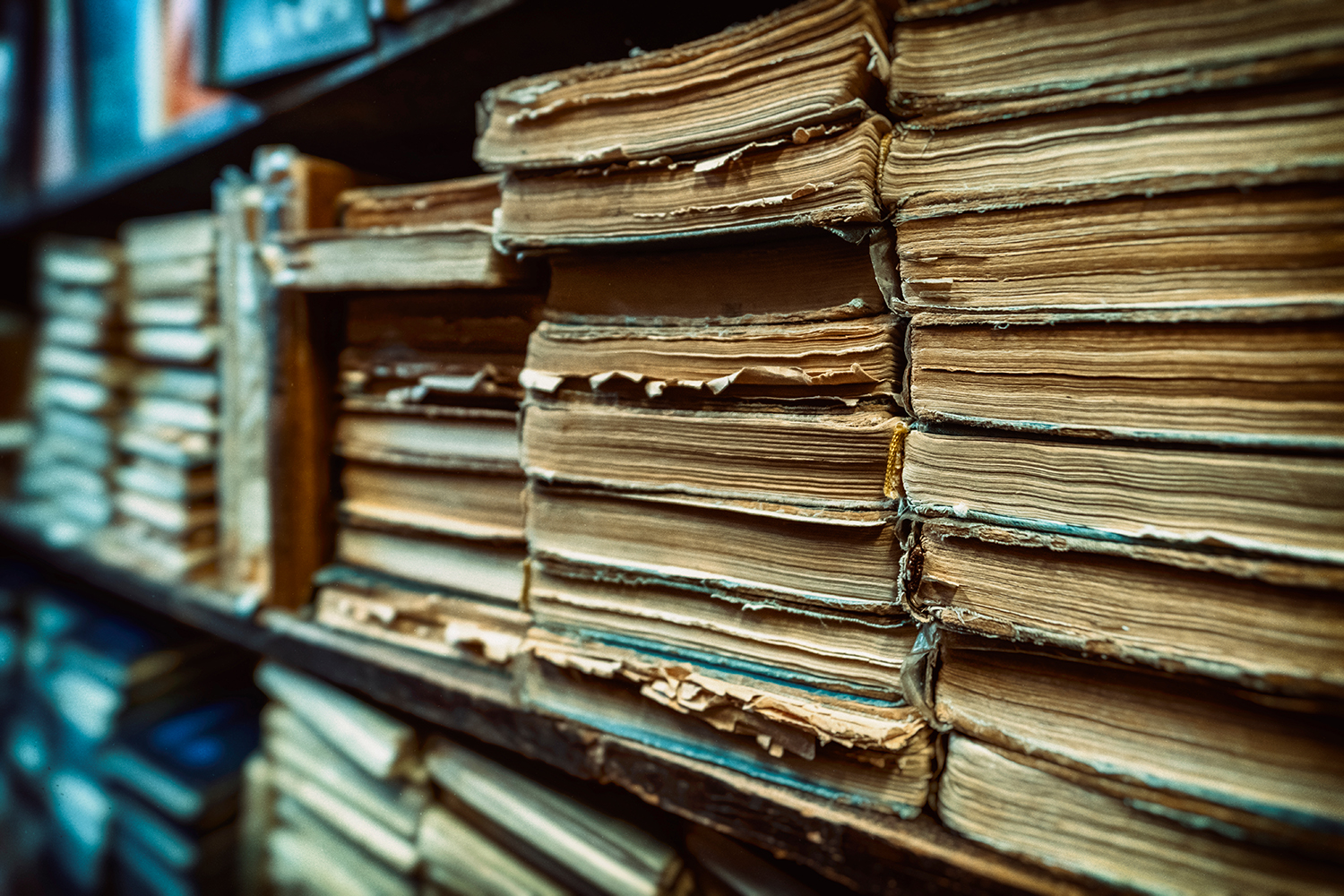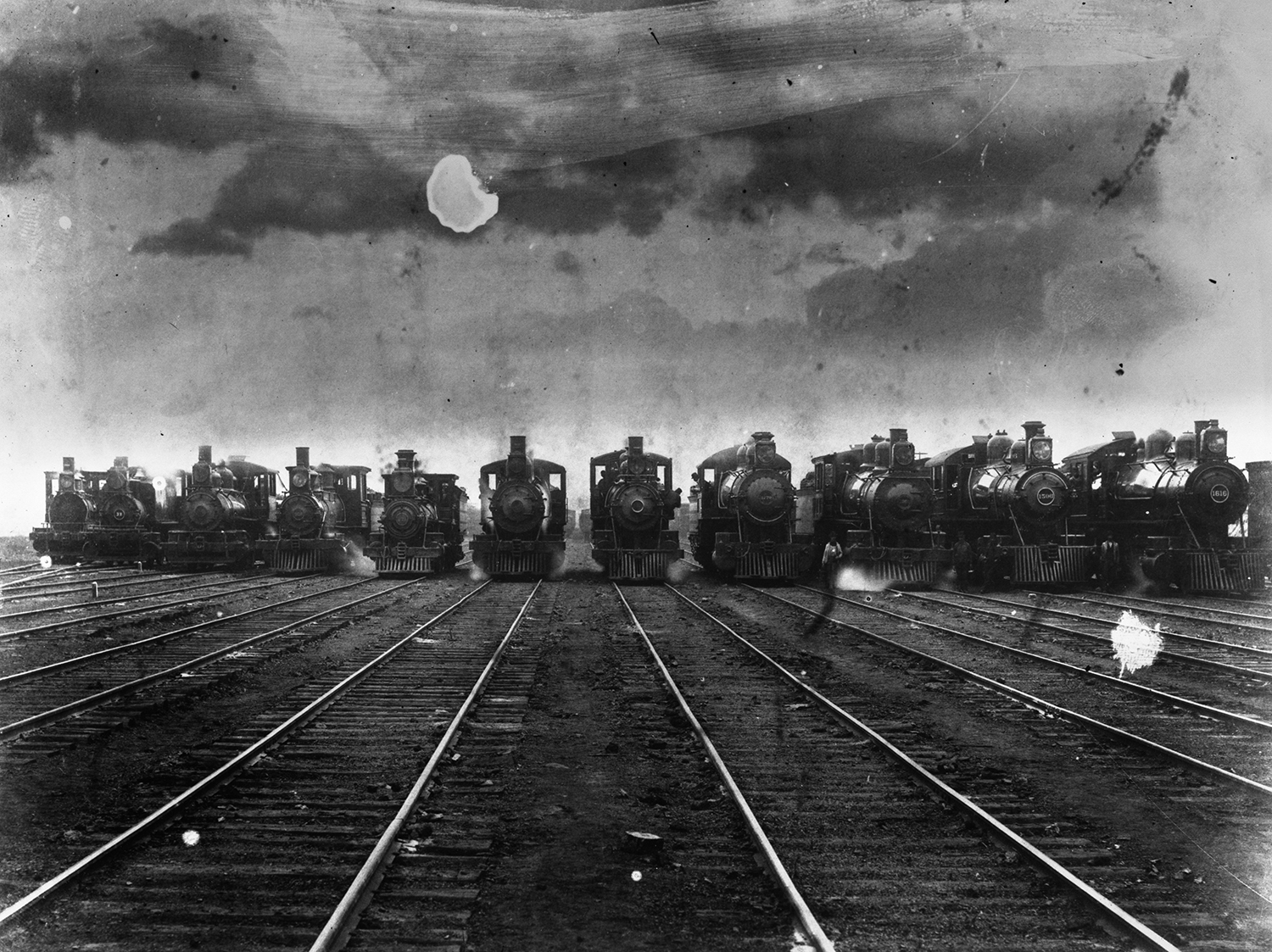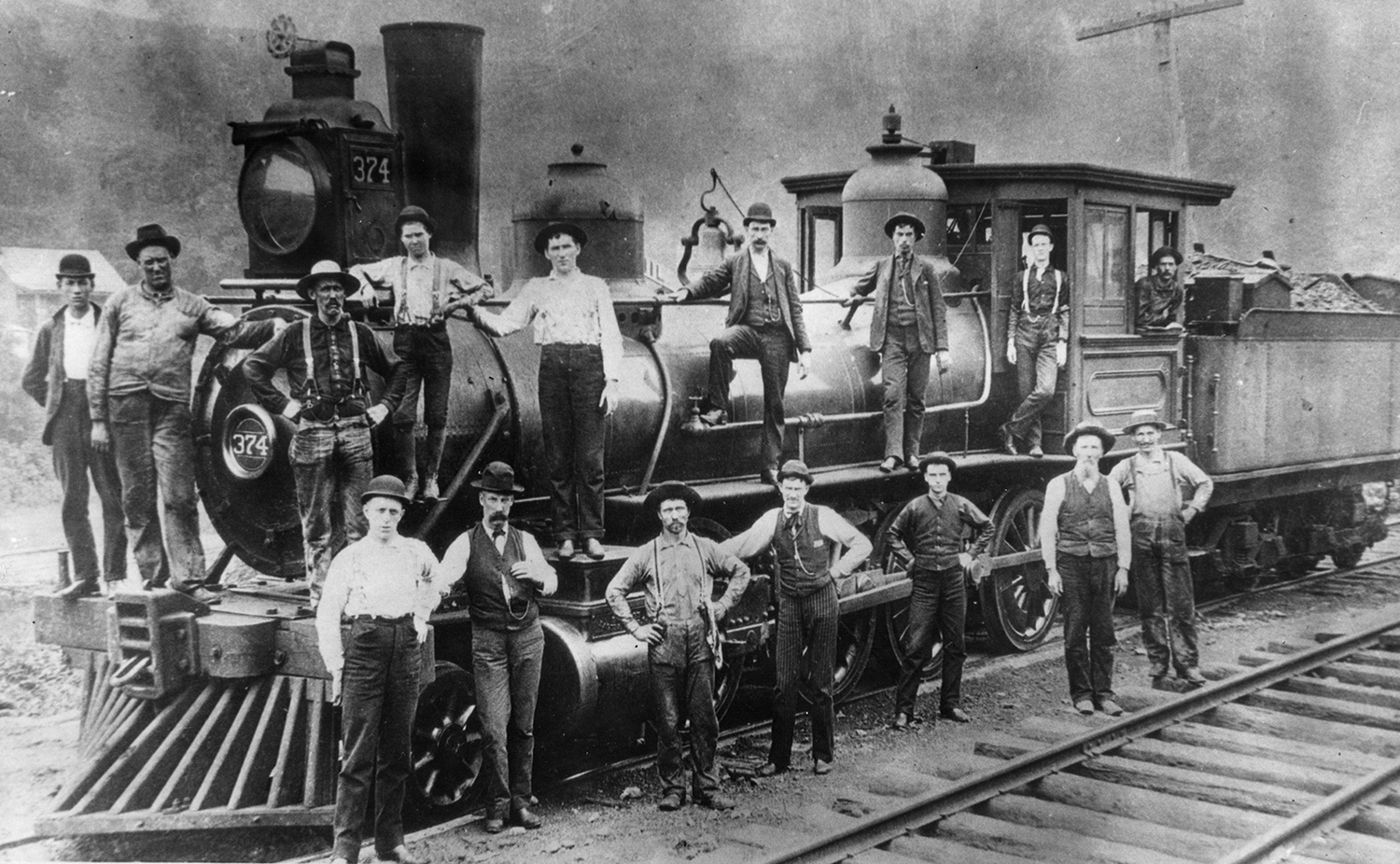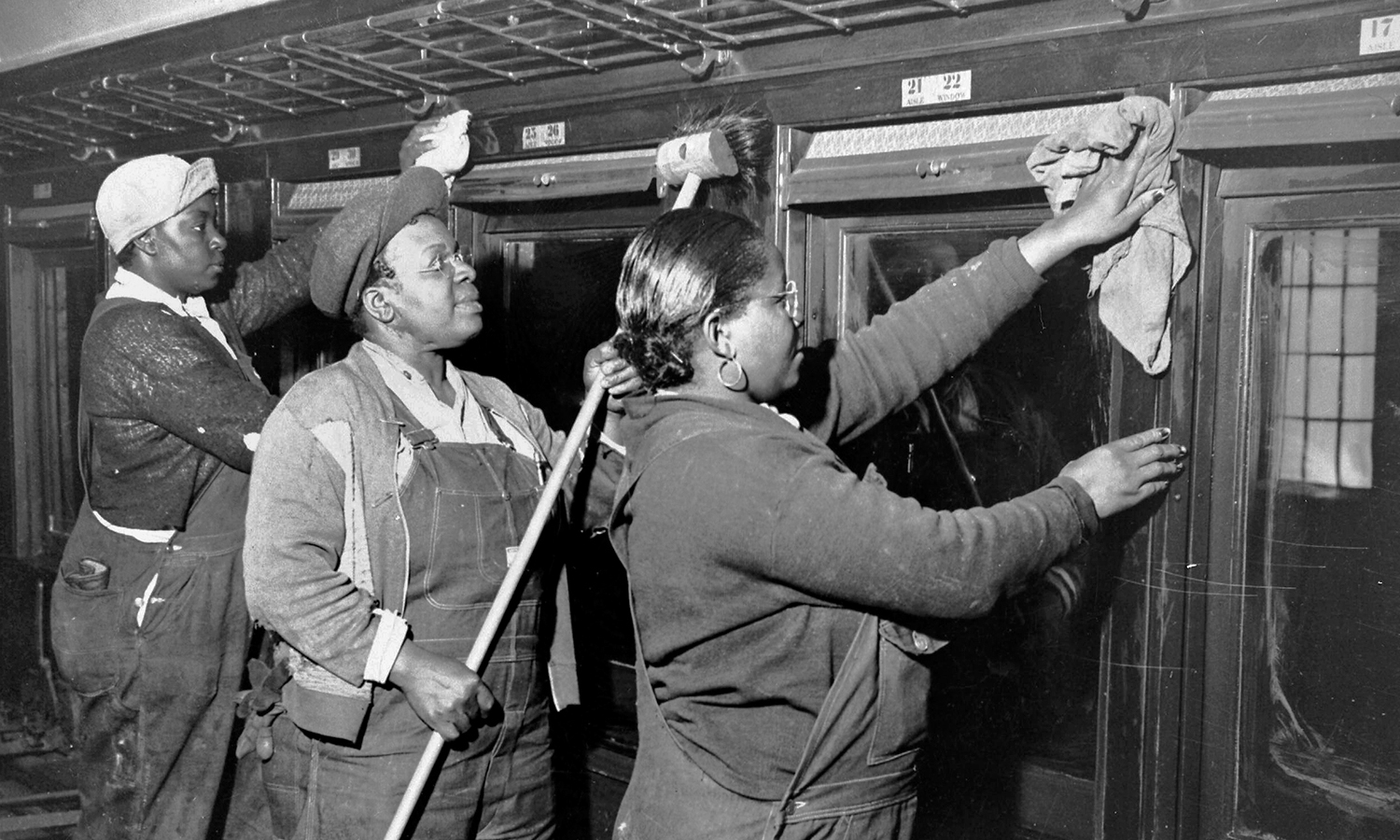The B&O Railroad Relief Department Records Collection encompasses an important chapter in American life, representing the working life and health outcomes for hundreds of thousands of railroad workers across thirteen states in an industry once ubiquitous to the American landscape. Employees from across the company participated in this program between 1880 and 1960, regardless of gender, race, ethnicity, or perceived danger associated with their specific occupation, incorporating a pool of medical data deeper and more detailed than any other existing collection short of those kept on federal employees. One of the first programs in our nation to provide healthcare and aid benefits to employees injured or killed on the job, this collection documents an important precursor to modern day worker programs including health insurance, workmen’s compensation, and life insurance.
The B&O Railroad Museum is pleased to announce the completion of the first two-year project to process and preserve the B&O Railroad Relief Department Records Collection and the awarding in 2024 of a second two-year grant, funded by the National Historical Publications and Records Commission (NHPRC) through the National Archives. This project, under the direction of B&O Railroad Museum Archivist Anna Kresmer and staffed by dedicated interns and volunteers, including lead intern Aaron Loux, has successfully processed and preserved thousands of employee relief case files dating back to the early 1900s.
The B&O Railroad Relief Department, established in 1880, was created in response to the dangerous conditions faced by workers and the widespread railroad strikes of the 1870s, including the Great Railroad Strike of 1877. It became the first employer-managed worker’s compensation and health insurance program in the railroading industry. The remaining records from the relief department are among the earliest examples of medical records for railroad workers, documenting potentially hundreds of thousands of B&O Railroad employees.
The B&O Railroad Museum’s archival team has so far processed just over 15,000 case files, each representing the work of one railroad employee. These files have been processed, placed in new acid-free housing, and analyzed to collect data including worker names, important dates, positions held at the B&O Railroad, requests submitted, and whether they were rejected or approved. The goal over the next two years is to process and document an additional 25,000 employee case files in preparation for use by researchers and B&O Railroad employee descendants.
Since April 2024, the B&O Railroad Relief Department Records Collection has also been used to test the capabilities of an artificial intelligence system through a partnership with Dr. Louis Hyman at Johns Hopkins University. In just two months, over 25,000 unique scans of documents have been inputted to test how AI can read historical records, analyze their contents, and compile information and statistics in response to prompts. This work is expected to revolutionize the way researchers interact with immense amounts of historical data. The efforts funded by the NHPRC are essential to preparing the relief records for use in this groundbreaking new method for conducting research.
For the future, this project will aid researchers by quickly providing answers regarding topics such as common injuries on the railroad, the diversity of railroad workers, and which claims were most often rejected.
For more information on this important collection, and to learn how to access the records, please send an email to research@borail.org or call 443-627-2375.
